
Upon first pass-through, you could almost be forgiven, a few pages into Providence #11, for thinking that you must have missed an issue somewhere along the way. Not just because of the massive delay between the previous installment and this current one (though that certainly didn’t help matters), but because the tone, tenor, and most crucially the tempo of everything have so clearly changed, and so quickly. Gone is the comic that spent most of its time showing our protagonist either taking long walks or having deep, philosophical conversations while all the genuine horror taking place both around and, crucially, to him escaped his notice, and in its place stands a story about a man who is fully awake, fully aware, and understandably scared to death — and when the dam of blissful denial breaks, all bets are off as surely as the brakes are on this frenetically-paced, deliberately- whiplash-inducing issue. The apocalypse is on, both personal and global, and it’s all set to the tune of “You Made Me Love You,” as sung by Al Jolson!
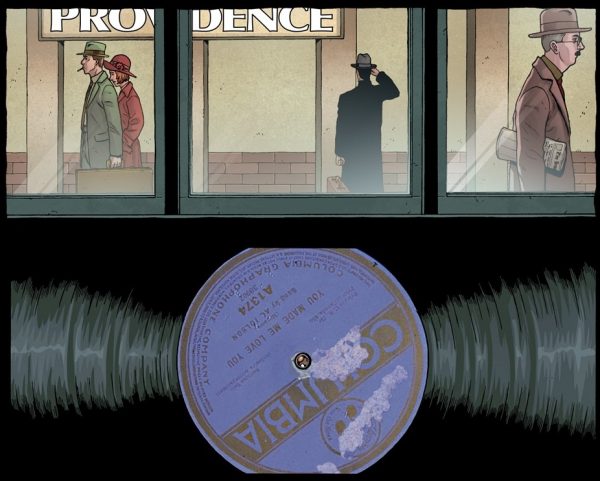
Most of the bizarre personages (and not-quite-personages) that Robert Black has met over the course of his travels through haunted New England circa 1919 are back in the opening splash page for this issue (titled, incidentally, “The Unnamable”), but before you even have a chance to ponder too much over who Alan Moore and Jacen Burrows have both included and excluded in this massive “jam panel” (as well as why they were either left in or out), the wheels on our hapless hero’s metaphorical mental train begin to come off, and a couple of “chance” encounters with old “friends” only serve to grease the tracks that eventually lead Black to — well, you can see for yourself on the main cover, as pictured at the outset of this review. And there was a record playing the last time we visited this particular establishment, as well, way back in issue number one.
Still, while Black’s physical life may be coming to an understandable end here, a great deal of the proceedings this time out are focused on how his influence, by means of his “Commonplace Book,” (which we shan’t be getting any further excerpts from) continues in perpetuity, and a heady mix of rapid-fire vignettes show us both how a number of the “fictional” stories to which we’ve been introduced cocnclude, and how various events in the (forgive me for using the term, but) “Providence universe” mirror those of our own, “real” world. Be on the lookout, for instance, for William S. Burroughs, Robert E. Howard, Clark Ashton Smith, and, of course, H.P. Lovecraft himself (among others) in this extended epilogue that calls to mind Moore and Eddie Campbell’s “Dance Of The Gull-Catchers” appendage to From Hell, and keep http://factsprovidence.wordpress.com handy while you’re at it, as my friends there, who always do an incredible job with their annotations, have surely out-done themselves with their on-the-spot scholarship this time around. Seriously, guys, you’ve crossed the threshold from “interesting” to “invaluable” with your efforts here, and while I always do a first read cover- to- cover before consulting said site, never was I more tempted to break that rule than with this issue.
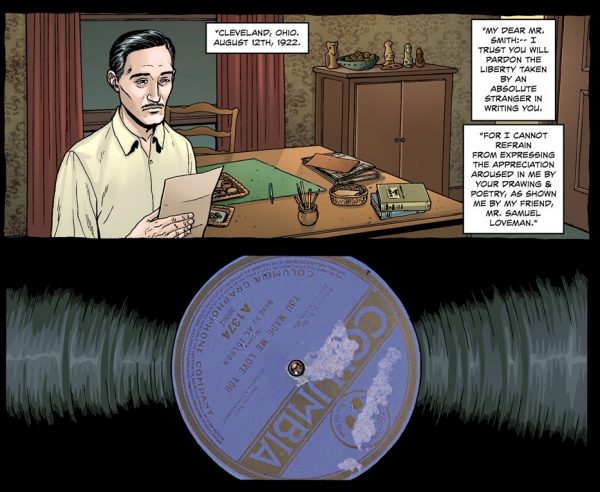
The little details all matter more than ever here in number 11, as well, as there are no “little details.” The panels with the record playing are all straight-ruled, for instance, while most others are unevenly hand-ruled. Brown Jenkins’ car turns up again at a precisely-timed-yet-unexpected moment. The Kirlian-type effect first introduced with the arrival of Johnny Carosa re-enters the picture. And a panel displaying any number of consumer products related to the Cthulhu Mythos arrives as commentary on the commercialization of this once-dark and foreboding universe just as Moore’s script plunges us into the blackest heart of its essential truths in a more fundamental and inescapable fashion than anyone since — well, who are we kidding? Since Lovecraft himself. There are no accidents here. And that might be the scariest thing about it.
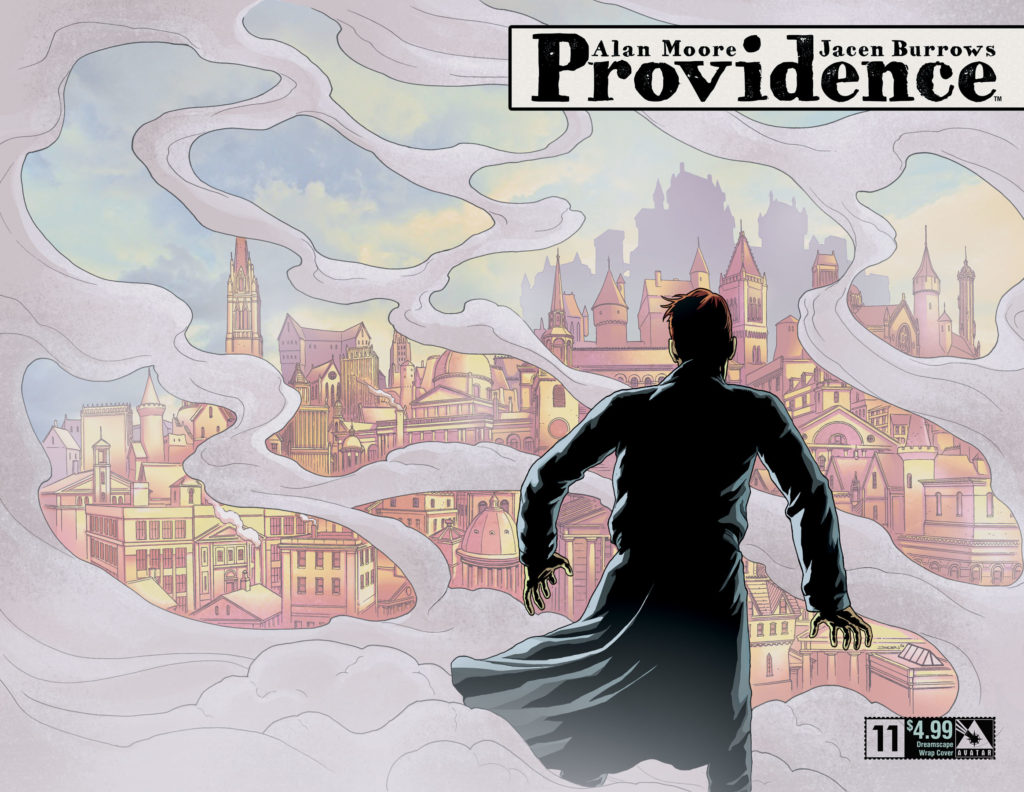
To say that Providence #11 has it all is probably doing the concept of “all” a disservice by selling it short. This issue is heartbreaking, harrowing, insightful, crazed, meticulous, mysterious, engrossing, thought-provoking, imaginative, beautiful, desolate, darkly humorous — all in the extreme. How we get from the end of Robert Black’s life (though not his story, which is one of this series’ main themes, of course) to the modern, post-Neonomicon world is one of the most invigorating and intoxicating comics reading experiences I’ve ever had the privilege of partaking in, and while I have some minor quibbles with it on the artistic front in terms of a small handful of choices that Burrows — who for the most part does masterful work here — makes in terms of angle and perspective in certain panels (why is Dr. West/North’s disembodied, speaking head so darn far away?), and I’m definitely less than thrilled (though, sadly, hardly surprised) by Avatar’s decision to continue charging $4.99 for this title despite the fact that the absence of the “Commonplace Book” backmatter reduces the page count from 40 to a standard 32 this time out, you know what? Griping about those details when confronted with an artistic achievement of this magnitude, scope, and dare I say it grandeur almost seems petty — and pointless. After all, who are we kidding? All is Yuggoth. All is lost.
Ain’t it just grand?
— @TRASHFILMGURU.
CHECK OUT THE @TRASHFILMGURU ARCHIVE, SUCKA!
CHECK OUT @TRASHFILMGURU’S TOP TEN TITLES OF 2015 OVER HERE!
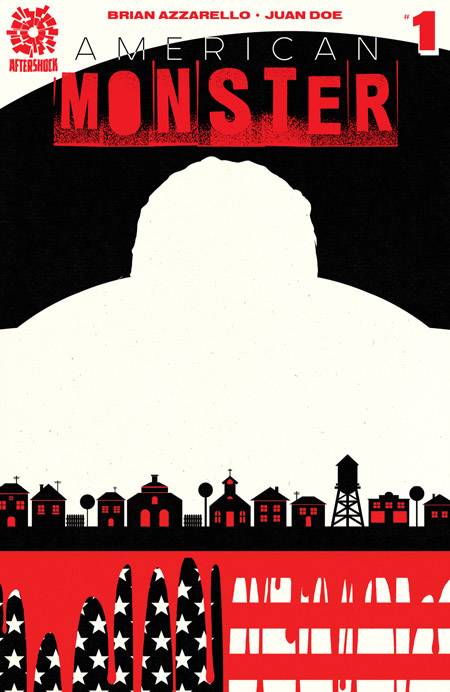
FIVE COMICS TO HELP YOU SURVIVE THE AGE OF TRUMP
Tags: Alan Moore, Avatar Press, Comic Books, Comics, Jacen Burrows

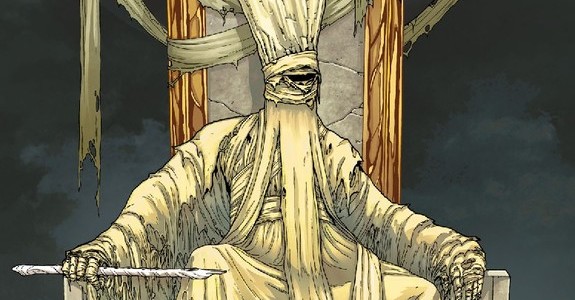
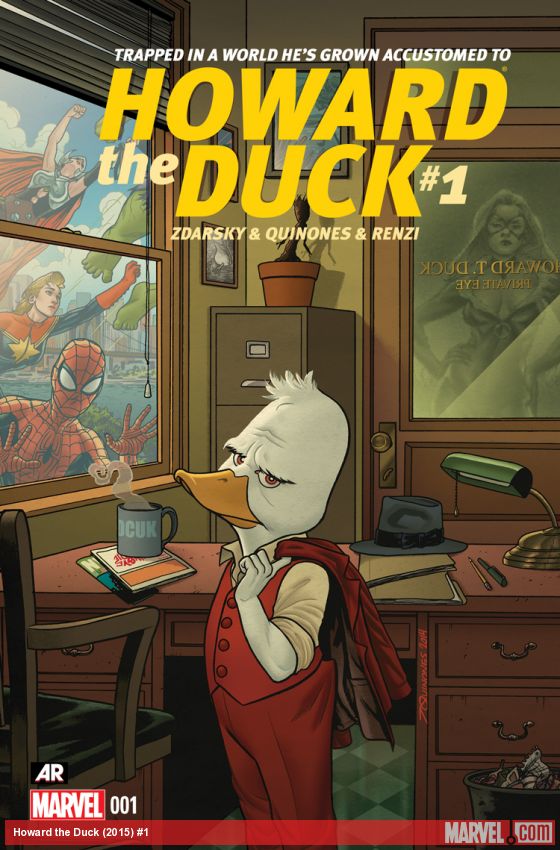
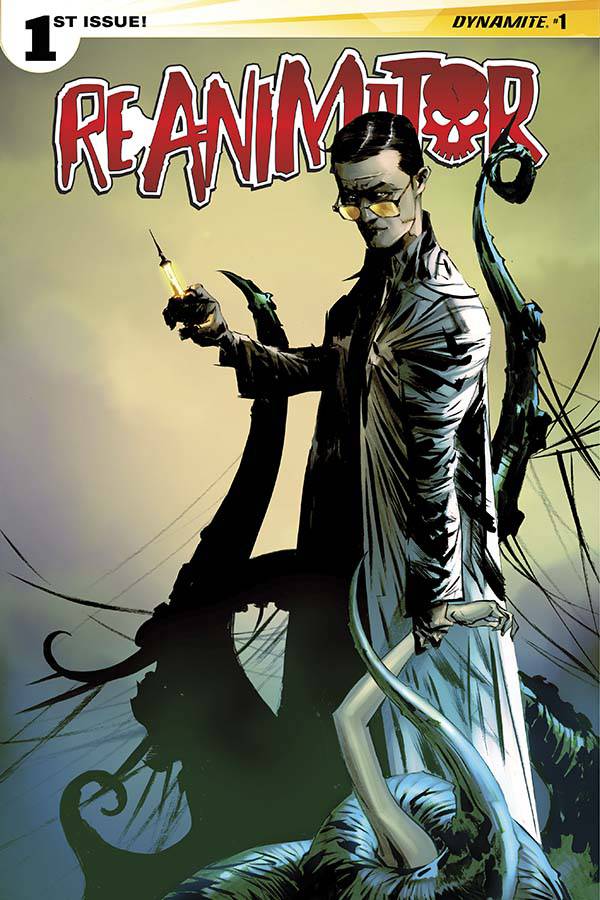

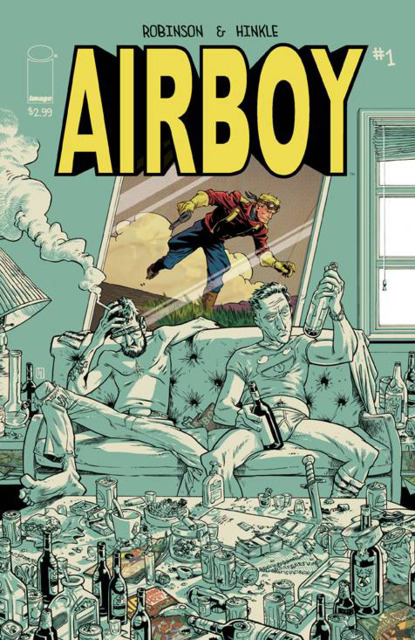

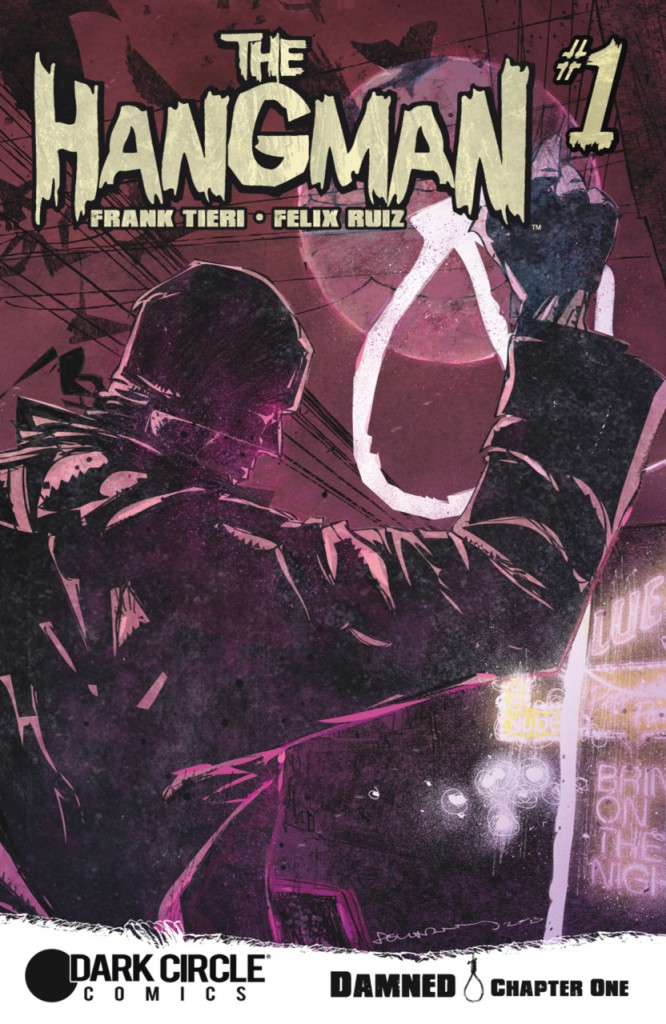
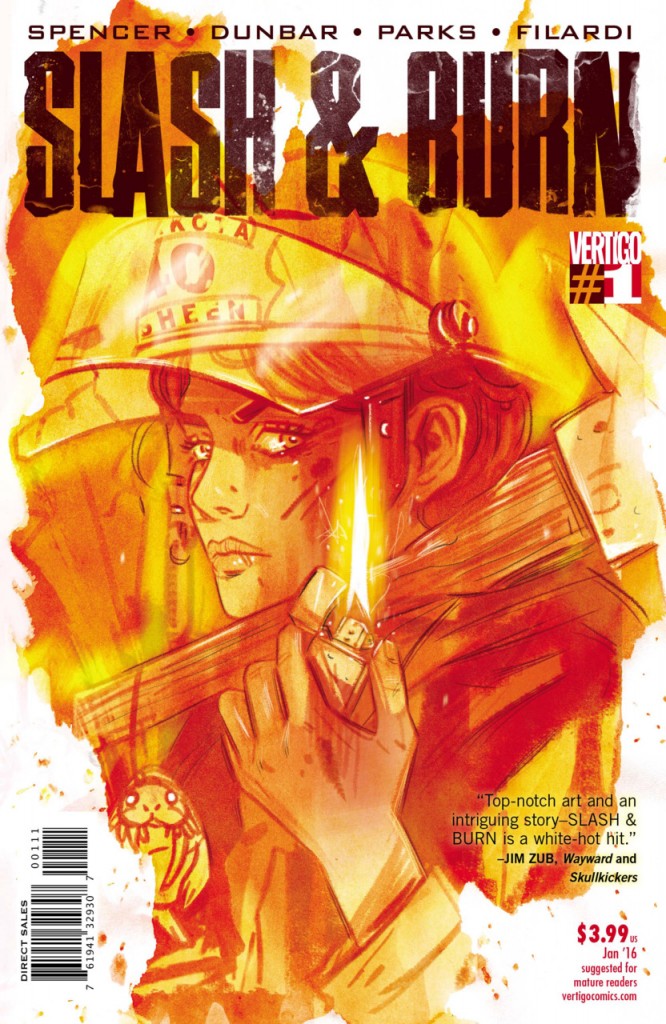
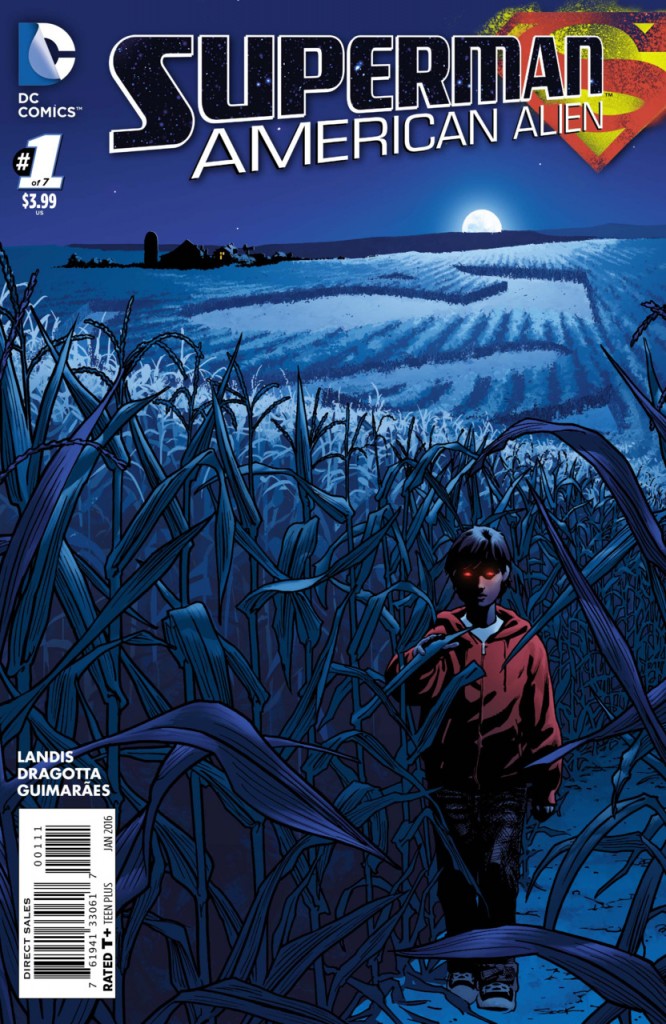

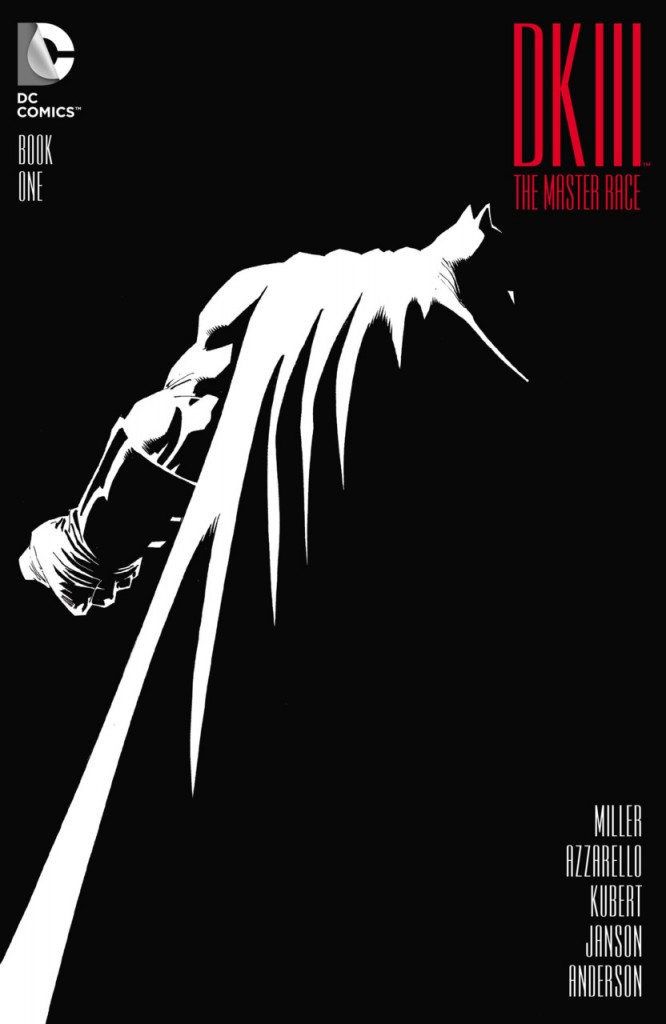

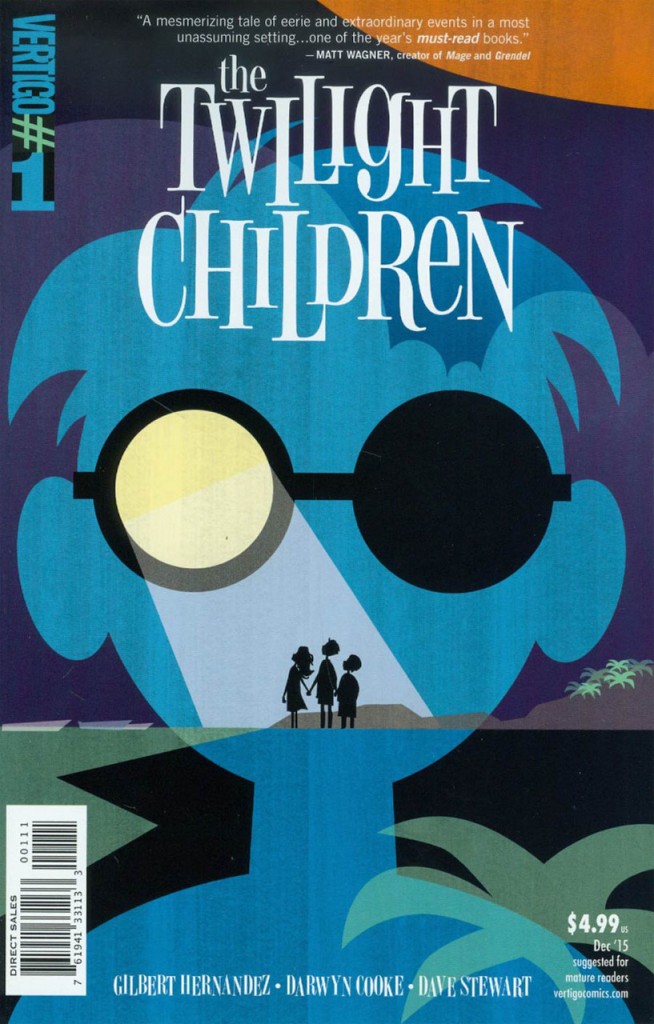

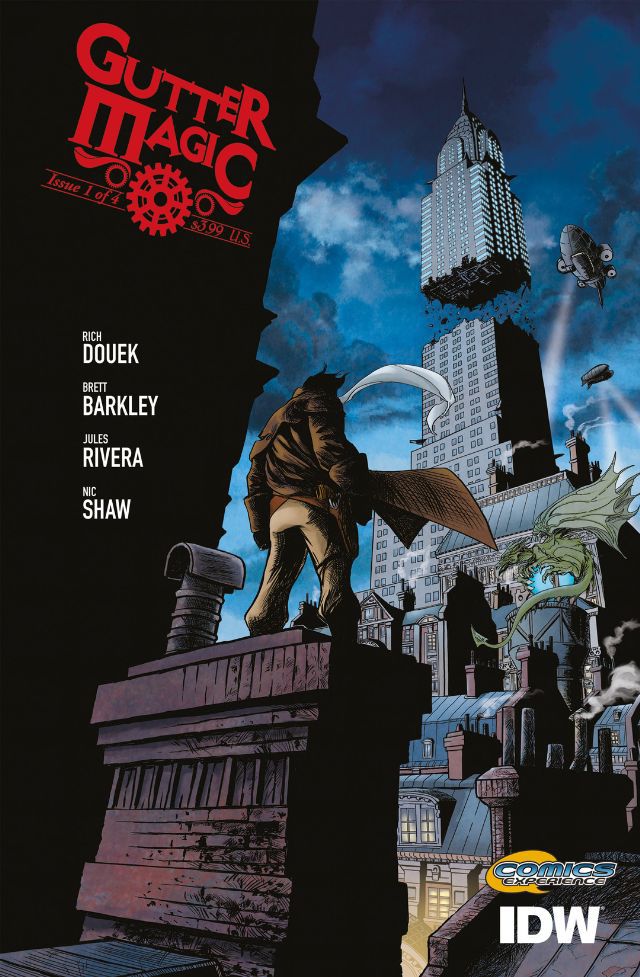
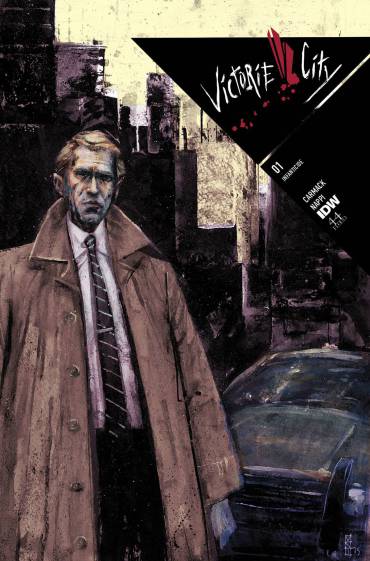
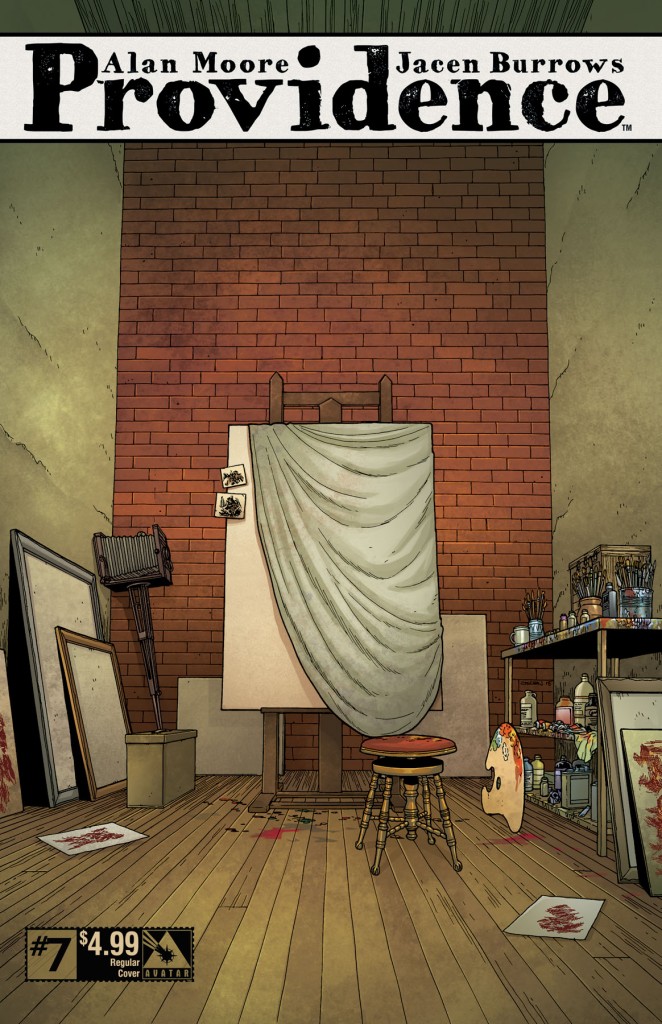
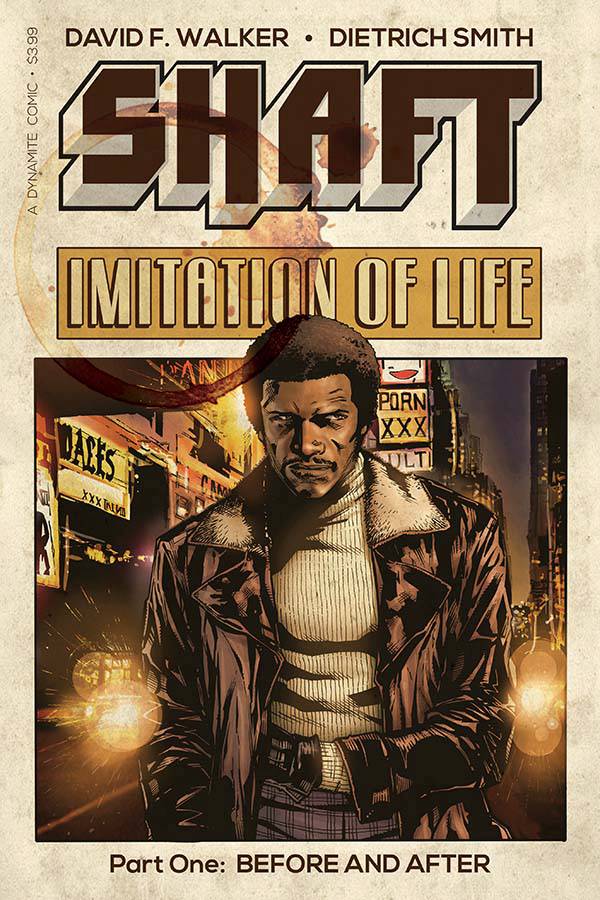


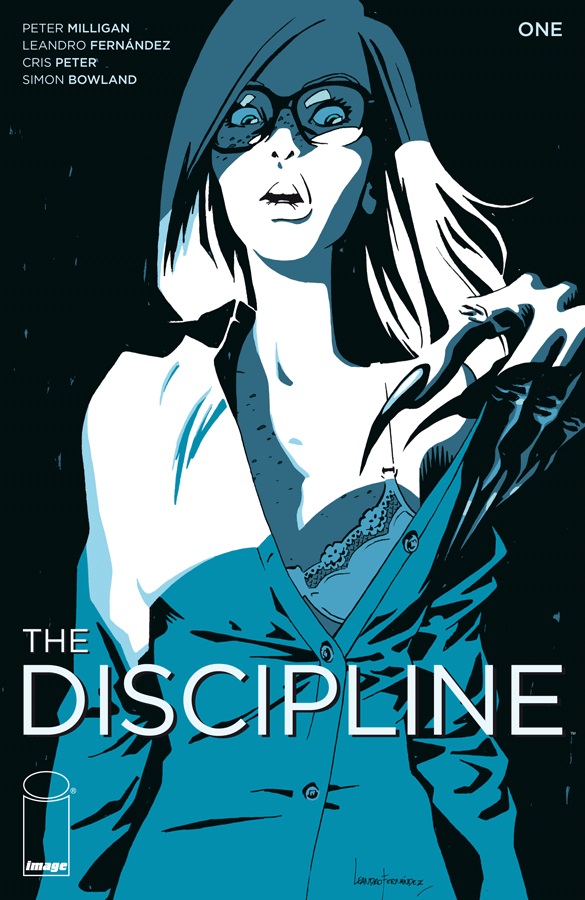
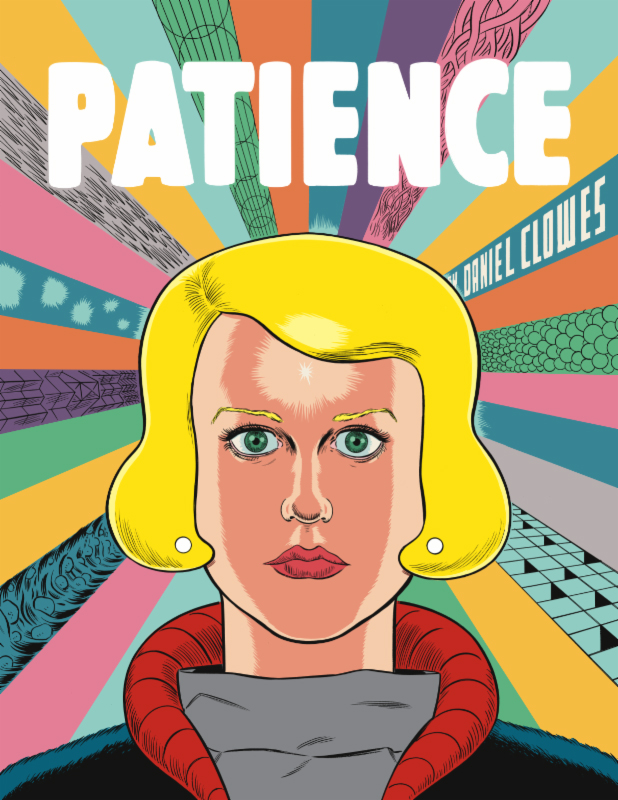
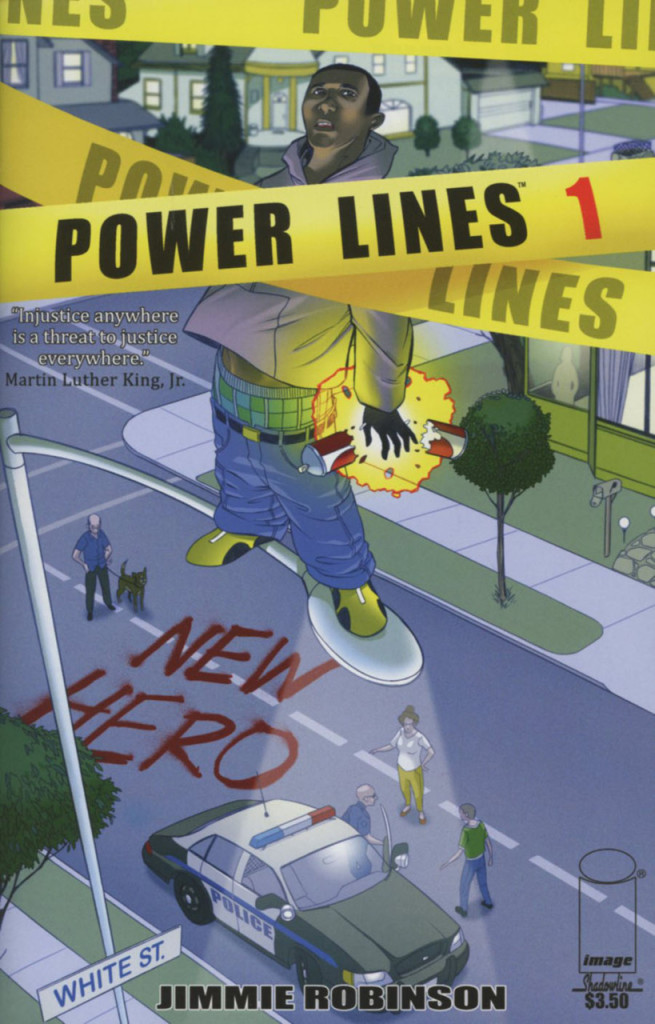
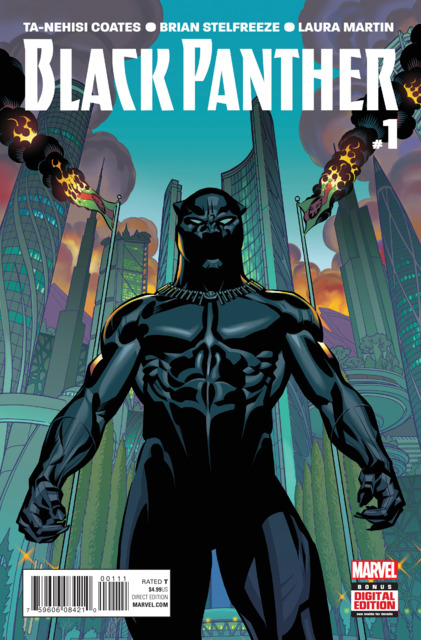
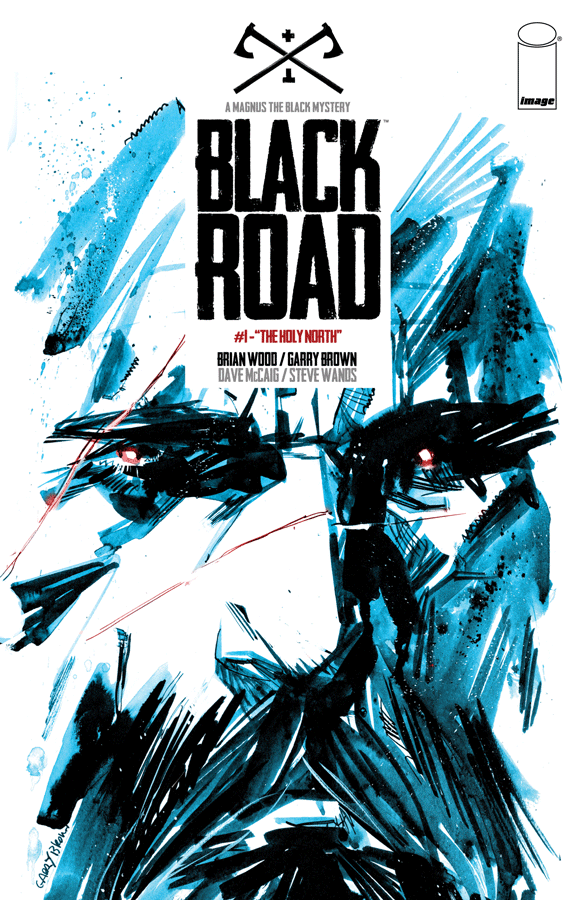
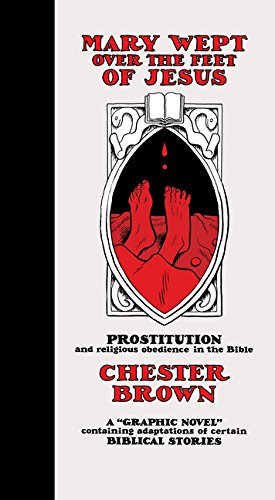
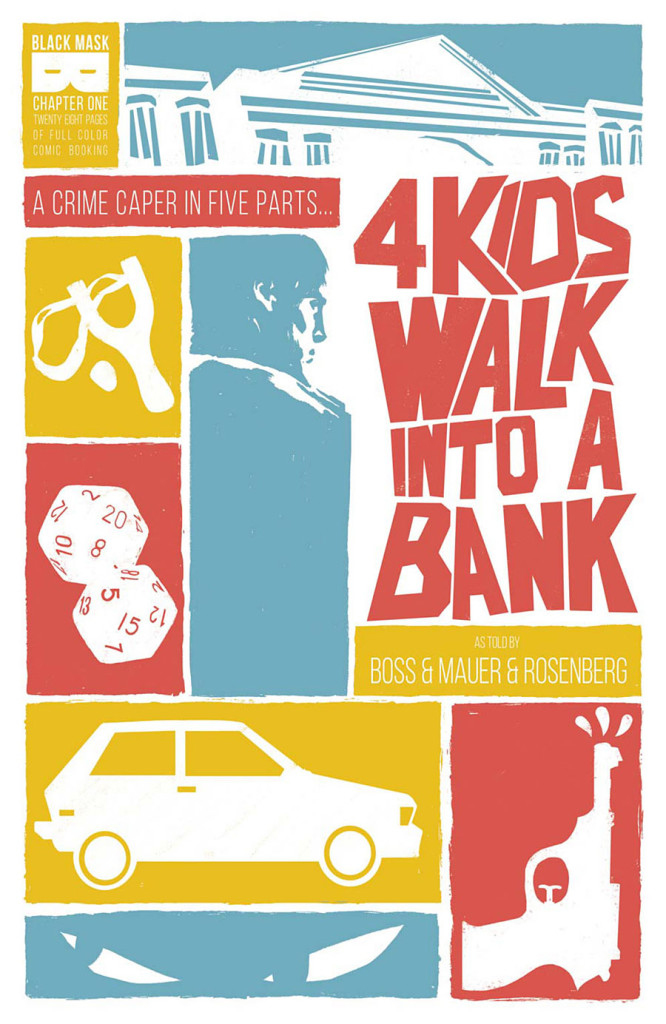
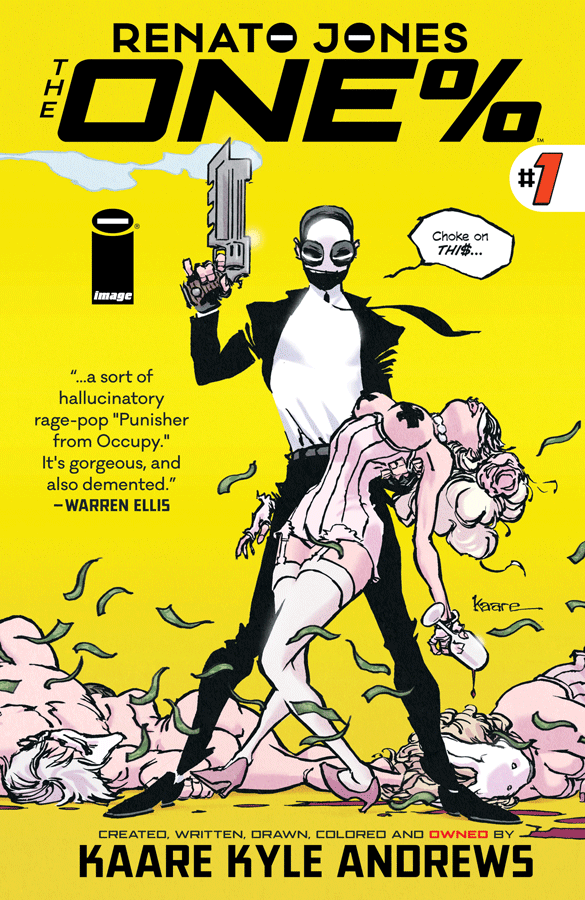
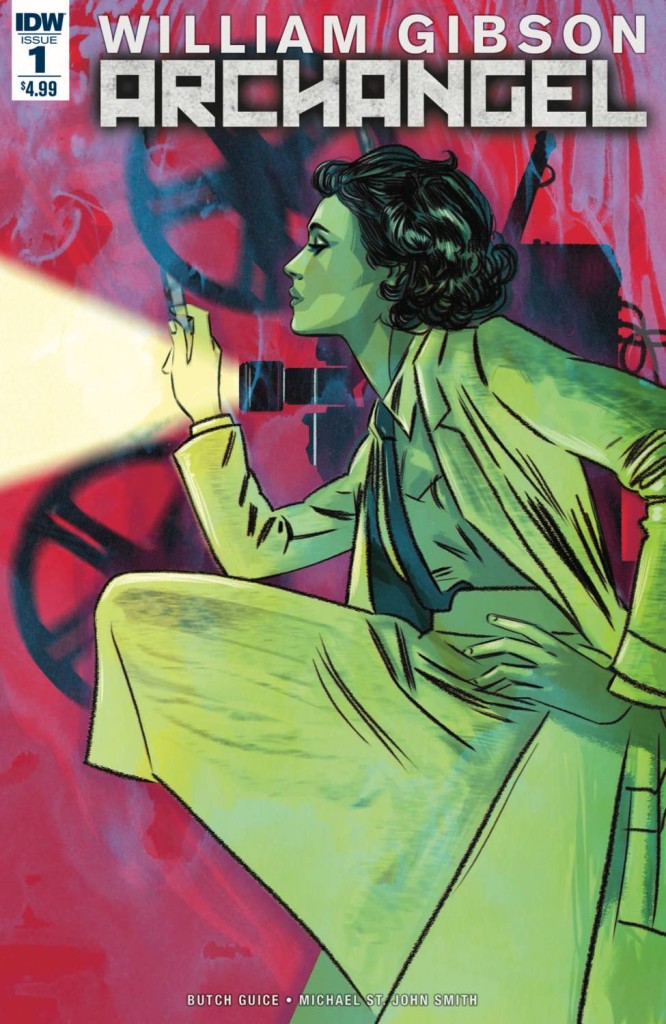
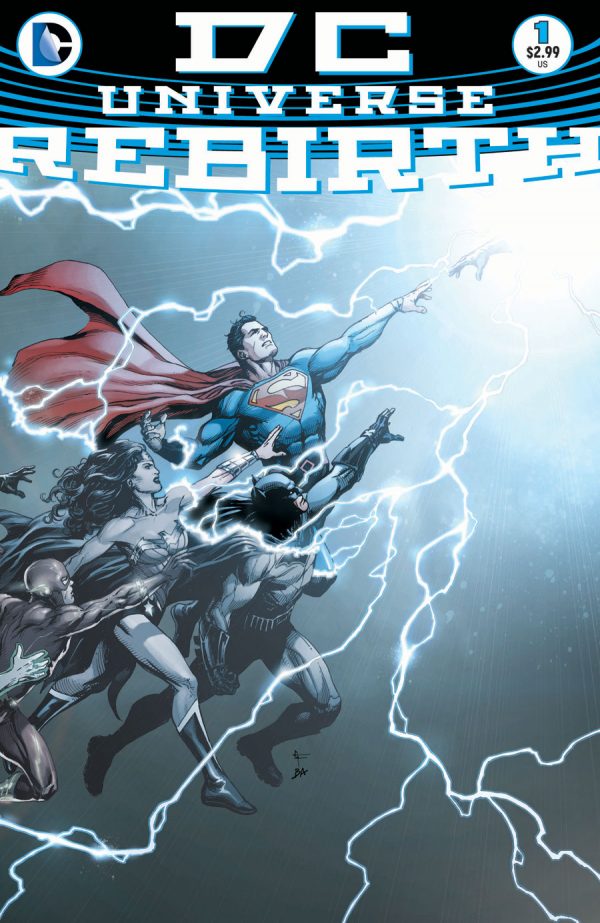
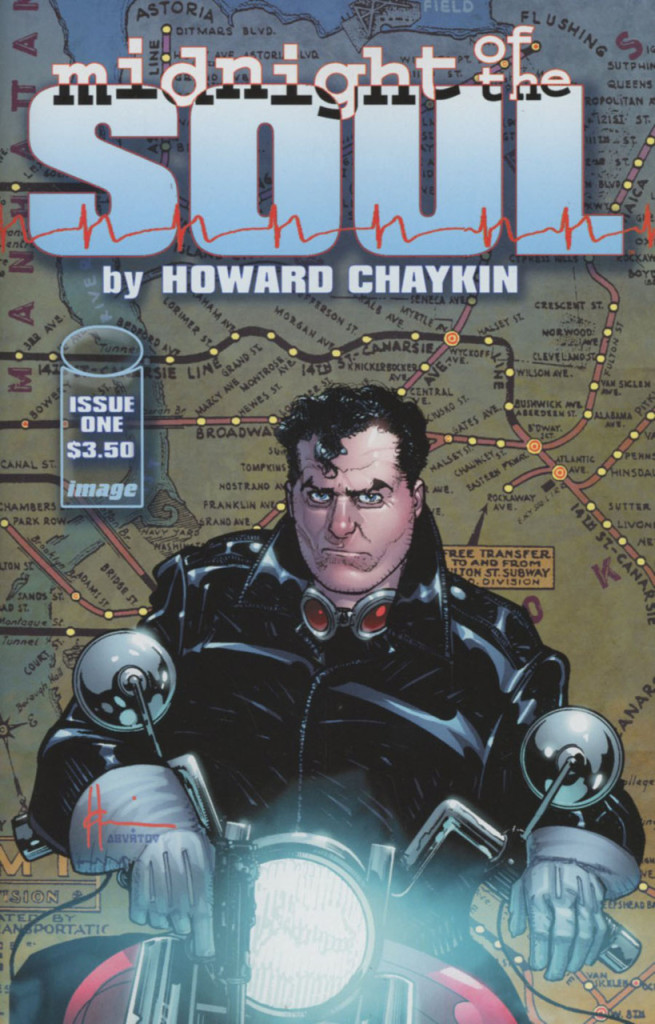
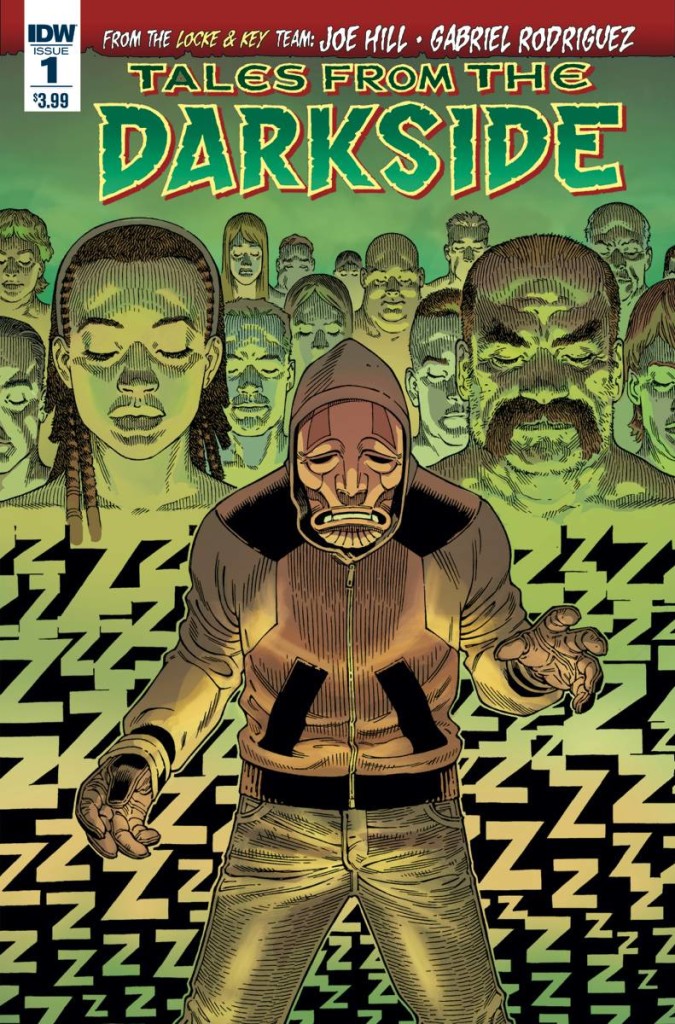
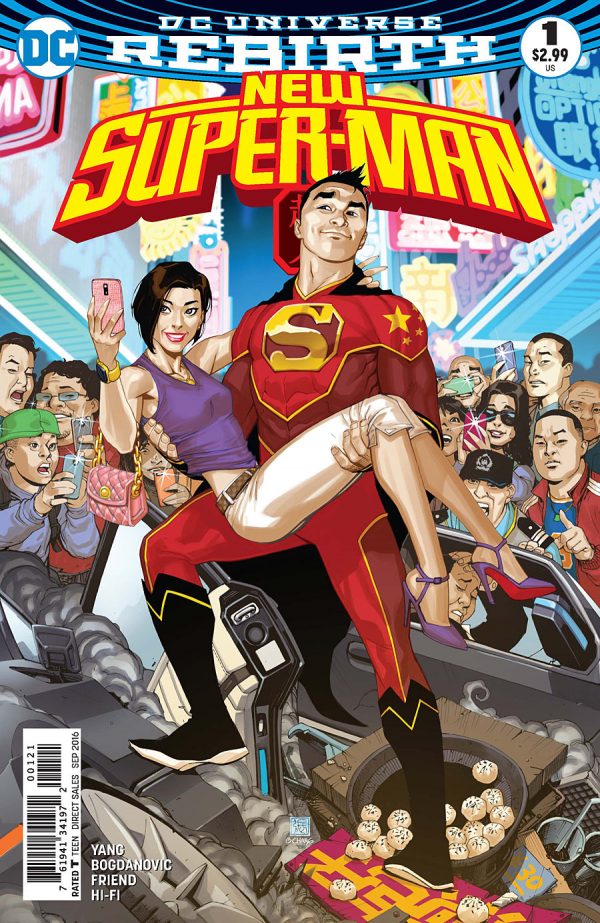
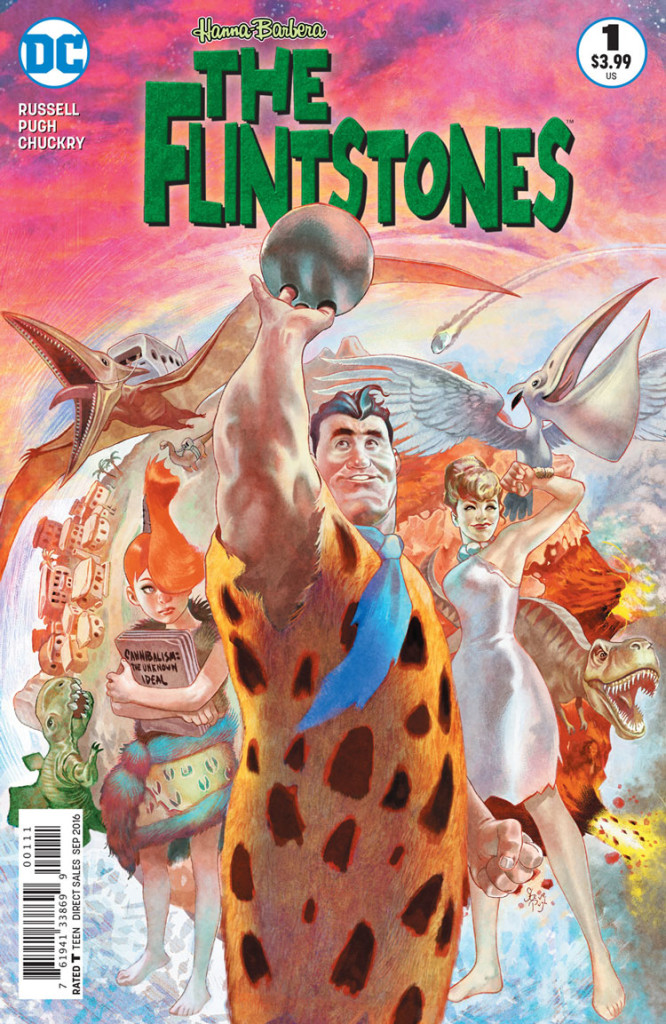
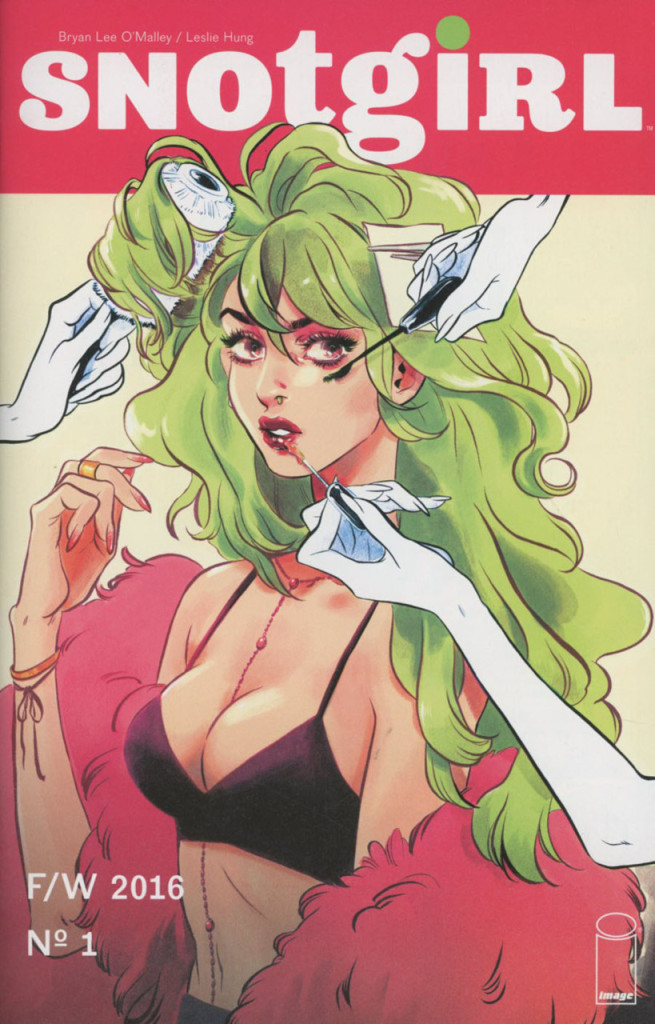


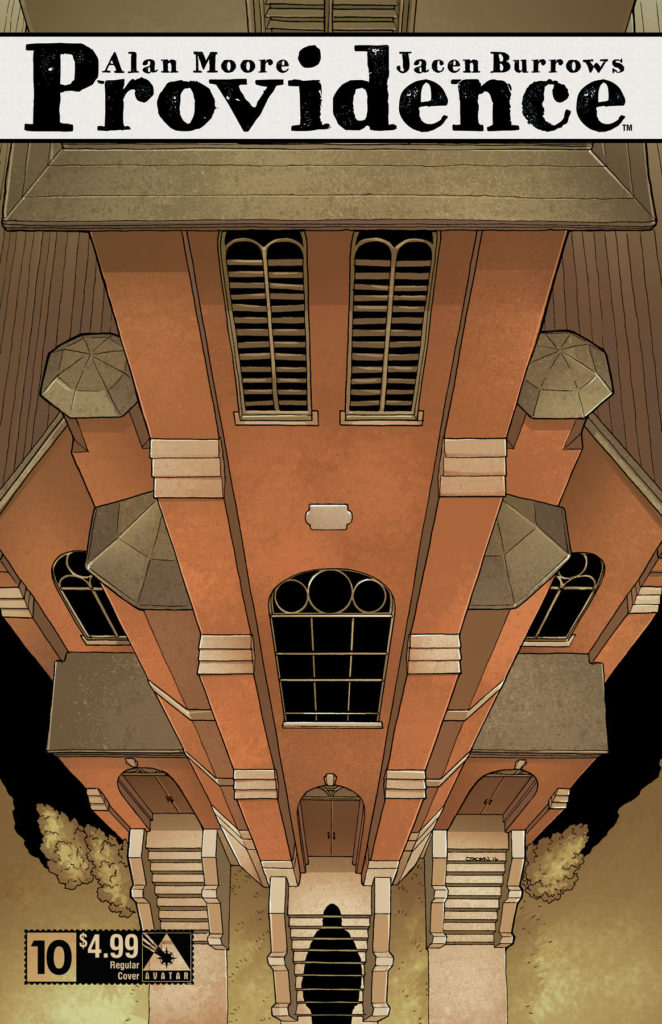

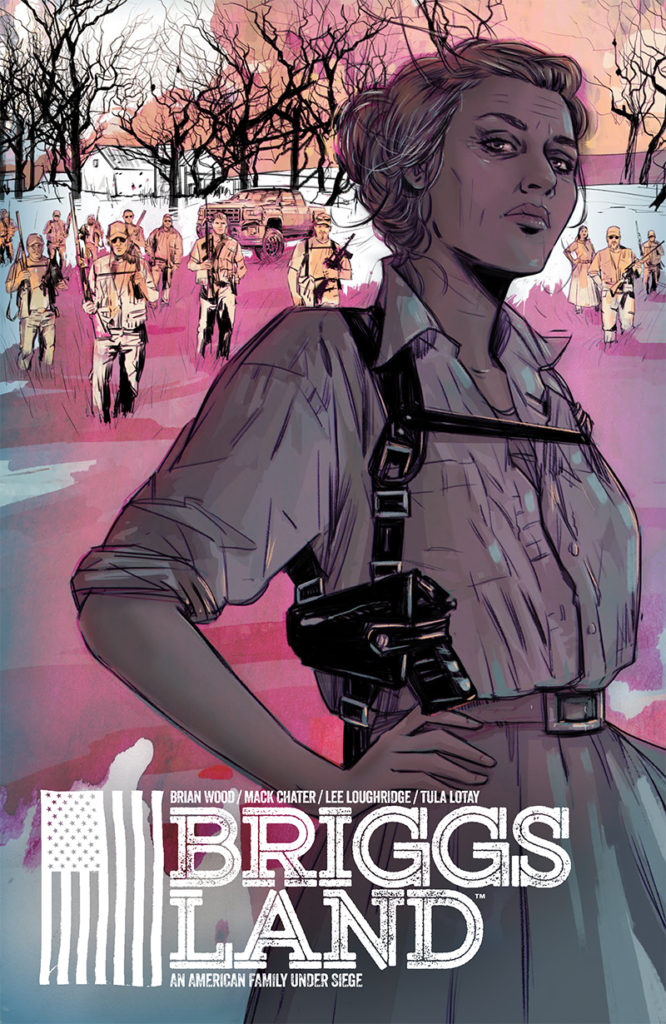

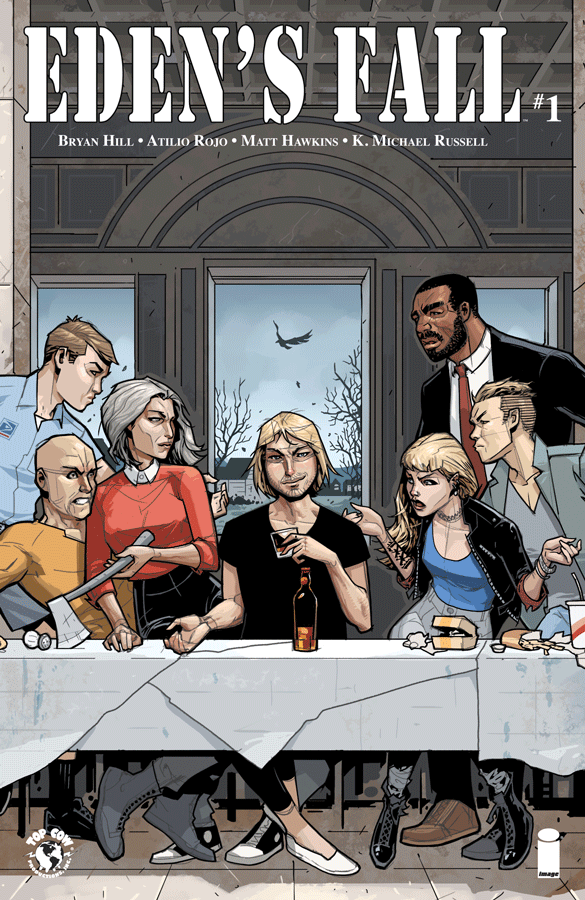
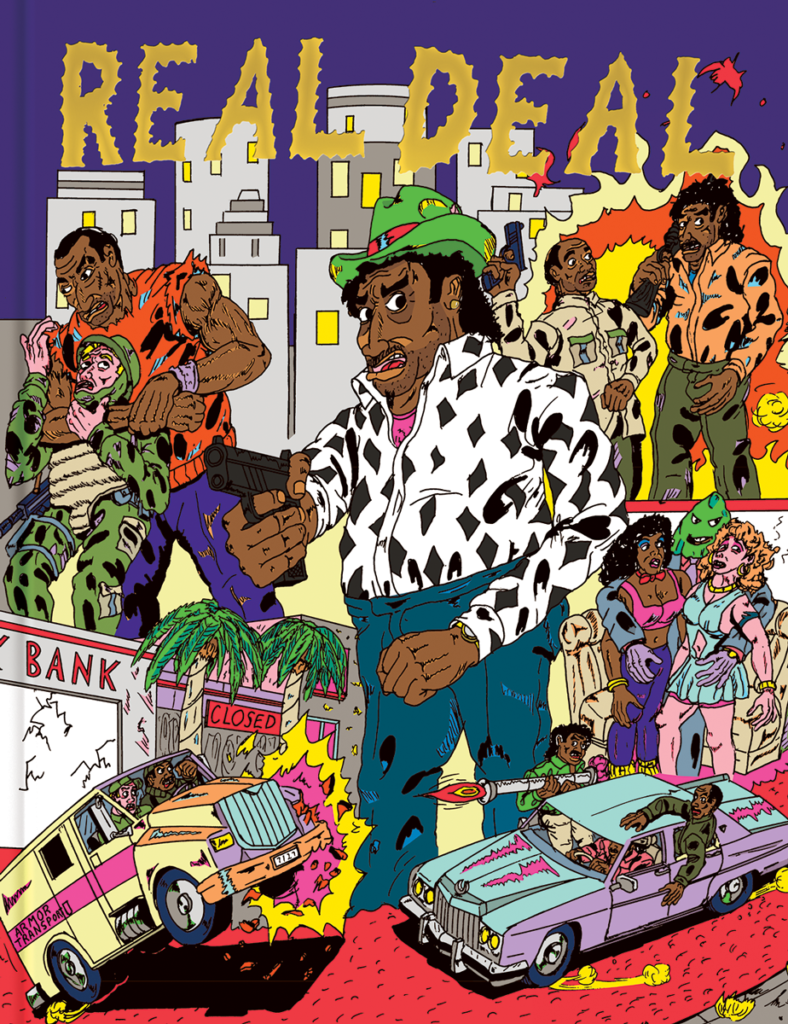
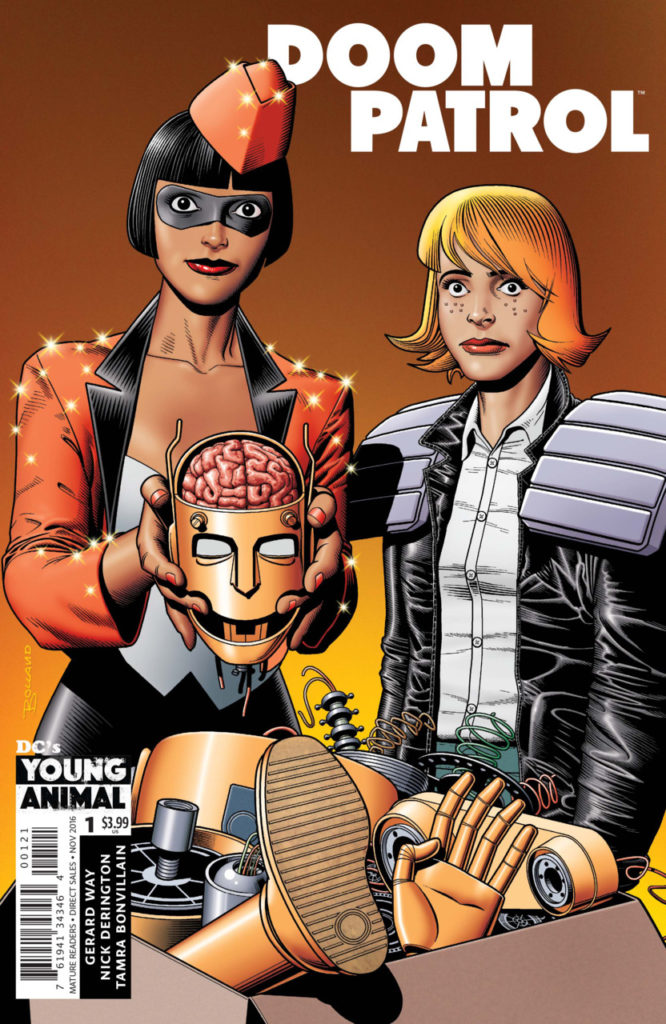
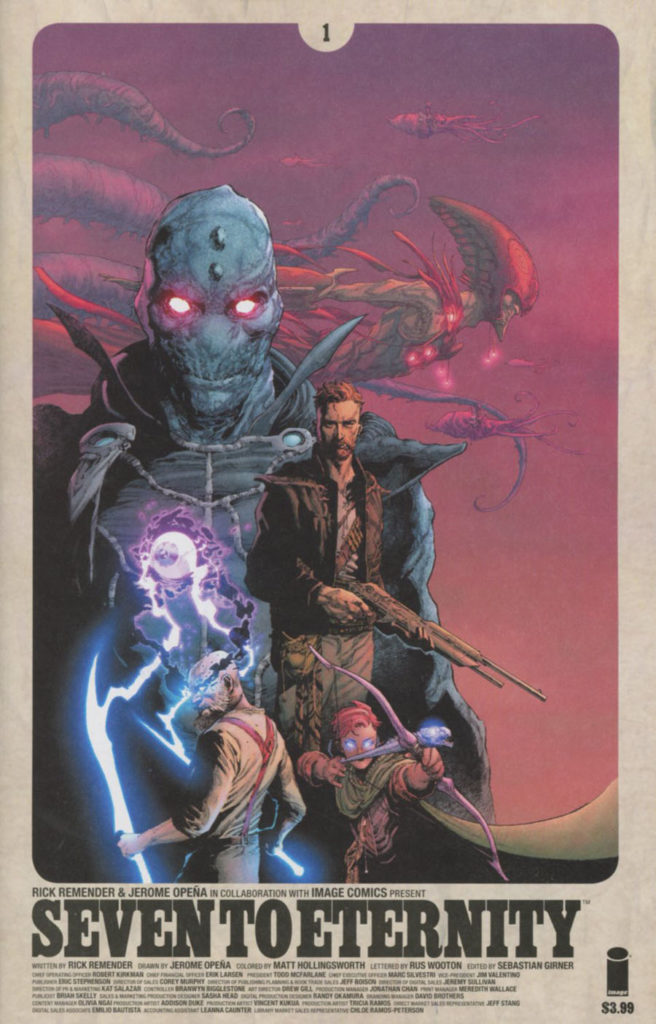

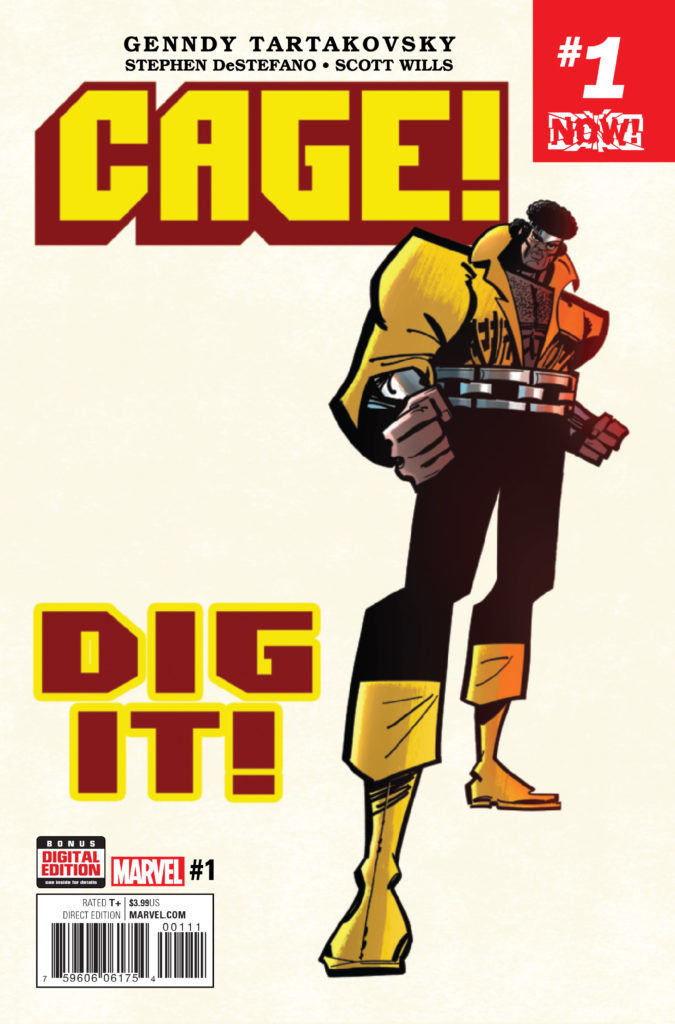
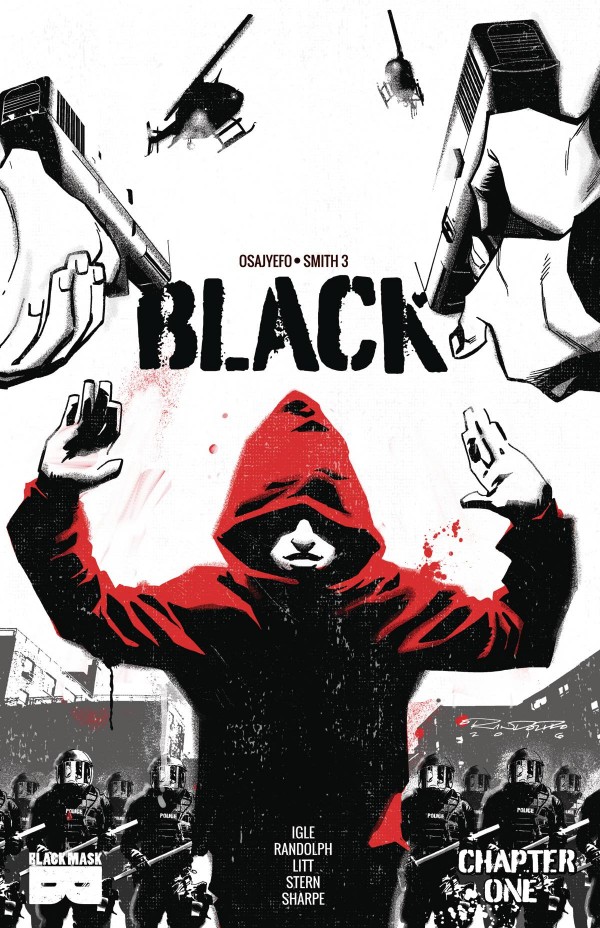
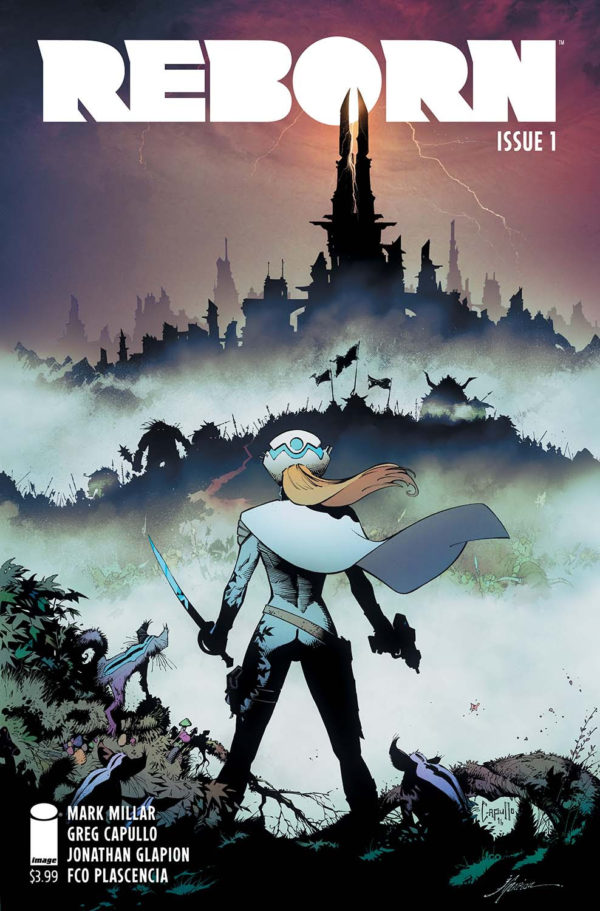
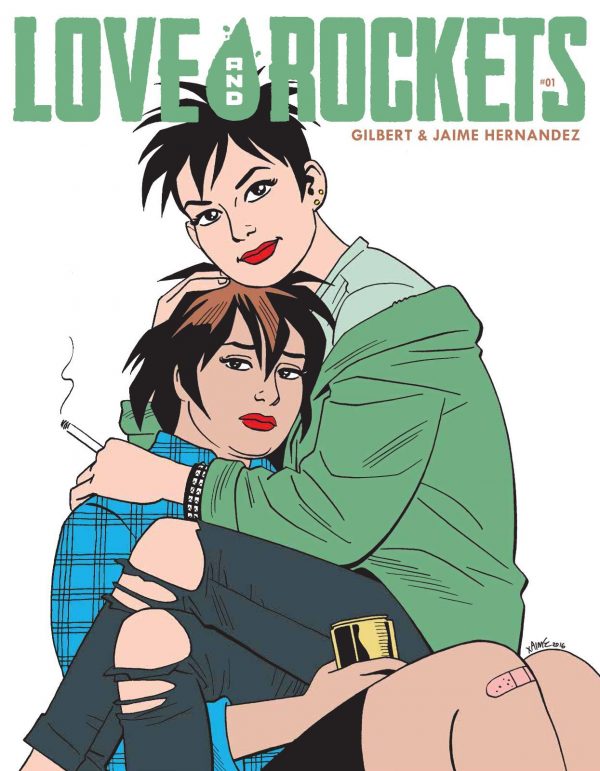

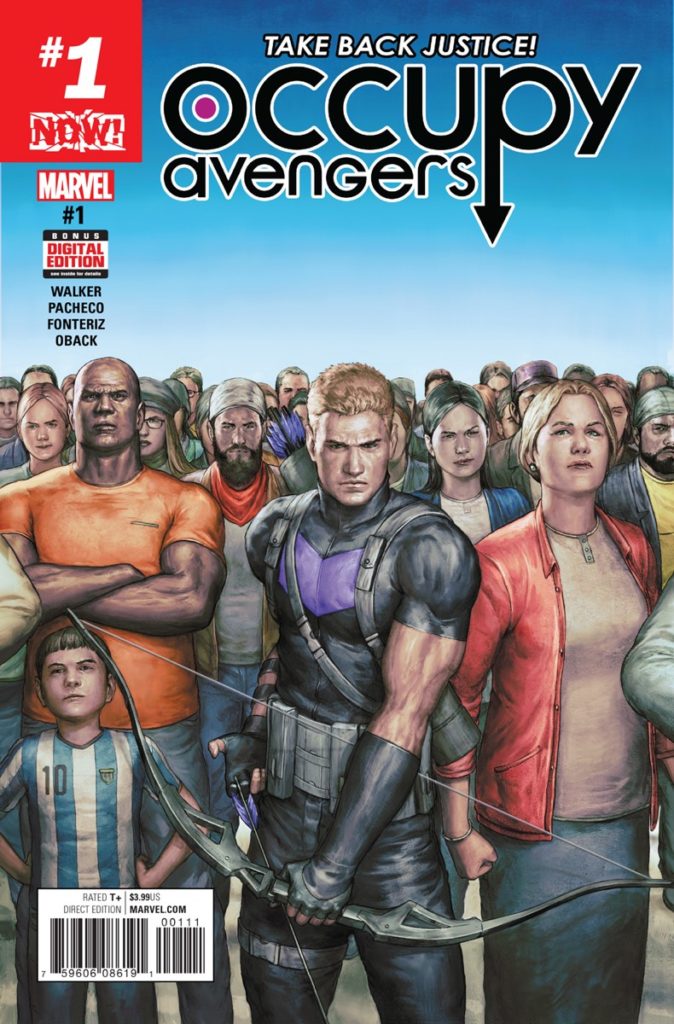

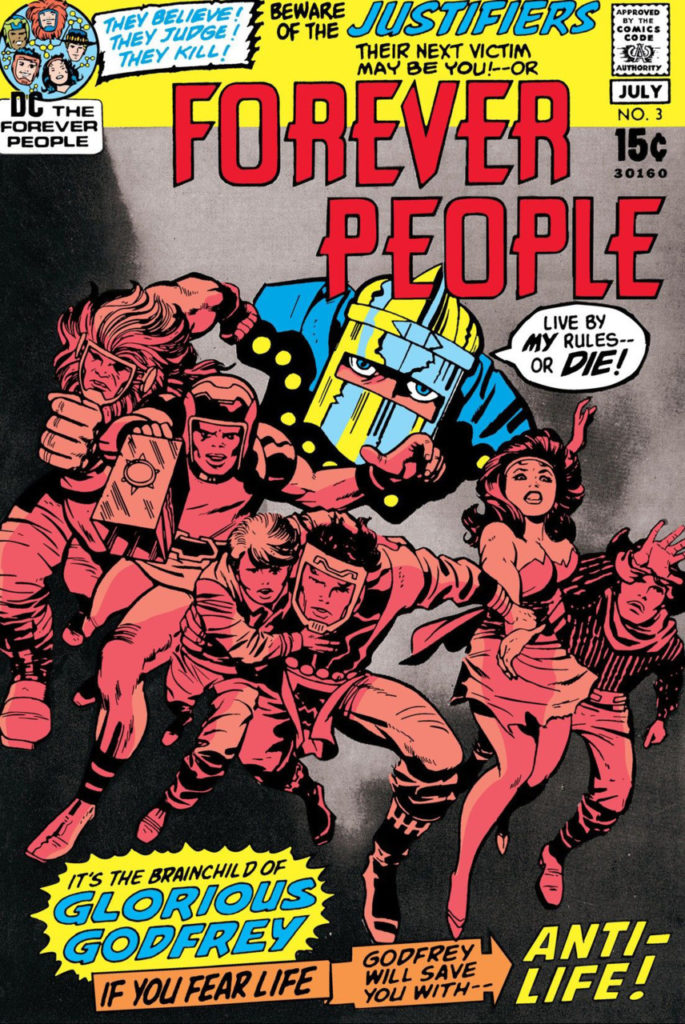
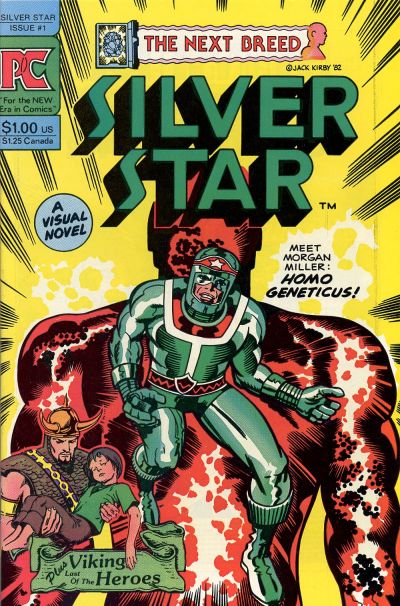
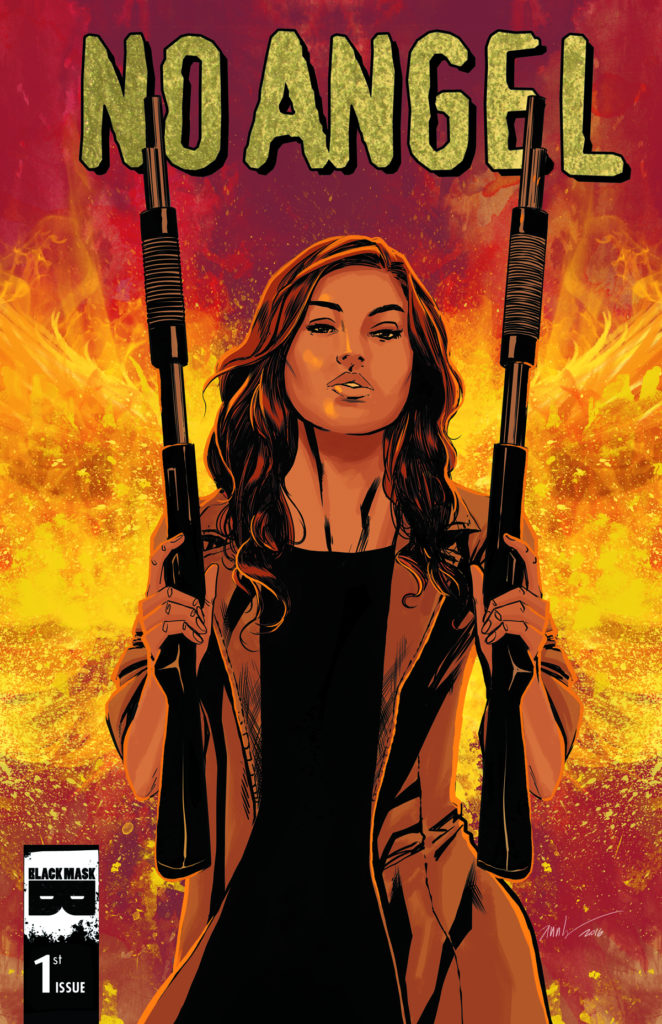
No Comments